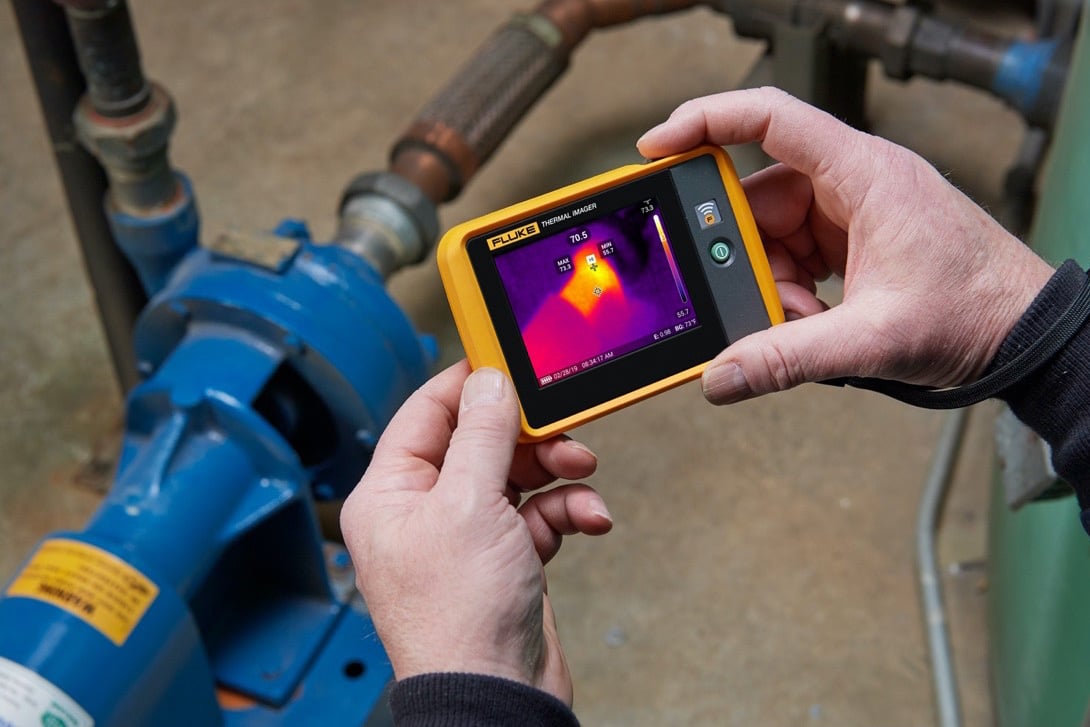The Relevance of Regular Water Leak Detection for Long-Term Home Security
The Relevance of Regular Water Leak Detection for Long-Term Home Security
Blog Article
Cutting-edge Solutions for Very Early Discovery of Water Leaks in Structures and Facilities
From advanced leakage discovery modern technologies to the deployment of IoT sensors for real-time surveillance, the landscape of leak prevention is progressing swiftly. Automated water circulation evaluation systems are improving just how leaks are identified and dealt with, paving the way for a positive method to water leak detection.
Advanced Leak Detection Technologies
Advanced leak detection innovations, geared up with innovative sensors and algorithms, play a vital role in quickly identifying and pinpointing water leakages in numerous setups. These innovations utilize a mix of acoustic, thermal, and electro-magnetic noticing methods to discover leaks properly. Acoustic sensing units find the noise of leaving water, enabling for exact localization of the leak resource. Thermal imaging discovers temperature modifications triggered by water leak, providing an additional efficient method for leakage identification. Electromagnetic sensing units can determine adjustments in electromagnetic fields triggered by water, providing yet another layer of leak detection ability.

IoT Sensors for Real-Time Tracking
In the world of modern-day water leak detection, the combination of IoT sensing units for real-time monitoring represents a critical innovation in boosting proactive leak detection abilities. These sensing units use continuous monitoring of water systems, offering real-time data on water circulation prices, stress variants, and temperature modifications. By leveraging IoT modern technology, these sensing units can spot even the smallest anomalies in water usage patterns, allowing very early recognition of possible leakages prior to they intensify right into major problems.
IoT sensors send information to a central platform, where advanced algorithms analyze the information and generate alerts or notifications when irregularities are detected. This real-time monitoring capability permits homeowner or facility managers to immediately attend to leaks, reducing water damage, lowering fixing expenses, and saving water resources.
Additionally, IoT sensing units can be incorporated with building management systems, enabling computerized actions to discovered leakages, such as shutting down water shutoffs or triggering pumps to mitigate the influence of leaks. Overall, the execution of IoT sensors for real-time monitoring significantly boosts the effectiveness and effectiveness of water leakage detection in structures and infrastructure.
Artificial Intelligence Algorithms for Leak Prediction

One secret advantage of making use of artificial my sources intelligence for leak prediction is its capacity to constantly learn and boost its precision in time. As even more information is accumulated and fed into the algorithm, it can improve its predictions and adjust to altering conditions, eventually enhancing the integrity of leak detection systems.
In addition, maker learning formulas can help in recognizing subtle indicators of leakages that may go undetected by standard monitoring techniques. water leak detection. By assessing complex information embed in real-time, these formulas can supply early warnings and signals, permitting punctual intervention and precautionary upkeep to minimize prospective water damages and associated expenses
Making Use Of Thermal Imaging for Leak Discovery
Thermal imaging technology uses a promising method for discovering water leaks in different systems and frameworks. By utilizing infrared radiation and temperature differences, thermal imaging video cameras can determine covert leakages that are not conveniently visible to the naked eye. When water gets away from pipelines or structures, it typically transforms the temperature of the surrounding area, producing temperature level differentials that thermal cameras can capture. These temperature level irregularities are then translated into visible pictures, highlighting the precise area of the leakage.
Among the crucial benefits of thermal imaging for leakage discovery is its non-intrusive nature. Unlike traditional methods that might call for getting into wall surfaces or floors to find leaks, thermal imaging allows for non-destructive screening. This not only conserves time and minimizes expenses however also lessens disruption to the building or infrastructure being assessed. In addition, thermal imaging can promptly check big areas, supplying a thorough introduction of prospective leak resources in a prompt way. In general, making use of thermal imaging technology enhances the efficiency and precision of water leak detection, making it a beneficial device for preserving the integrity of structures and frameworks.
Automated Water Flow Evaluation Systems
Exactly how can computerized water flow analysis systems reinvent the detection and monitoring of leaks in numerous systems and infrastructures? Automated water flow analysis systems use a proactive strategy to leak discovery by continuously checking water flow rates and patterns. By developing baseline data, these systems can promptly determine inconsistencies that may suggest a leakage, allowing punctual intervention to avoid substantial damages.
These systems utilize innovative algorithms to evaluate real-time information and provide instant notifies when abnormalities are identified, enabling for speedy action to be taken. Furthermore, automatic water circulation analysis systems can be integrated with structure monitoring systems or IoT platforms, improving general performance and enabling remote monitoring abilities.
Additionally, the information gathered by these systems can be utilized for predictive maintenance purposes, helping to identify potential powerlessness in the framework prior to leakages happen. Generally, the application of automatic water flow analysis systems can this significantly improve leak detection and management techniques, inevitably causing set you back savings, reduced water wastage, and raised sustainability in buildings and infrastructure.

Conclusion
Finally, the combination of sophisticated leakage discovery modern technologies, IoT sensing units, device understanding formulas, thermal imaging, and computerized water circulation evaluation systems supplies cutting-edge solutions for very early check discovery of water leakages in structures and framework. These innovations allow real-time surveillance, forecast of leaks, and effective detection methods to stop water damages and wastefulness. Applying these remedies can aid in preserving the stability and sustainability of water systems in various setups.
Report this page